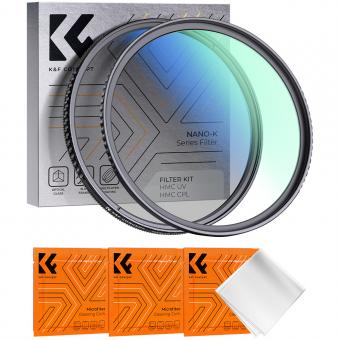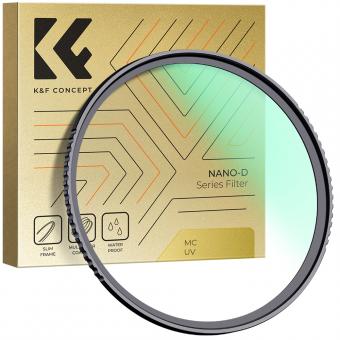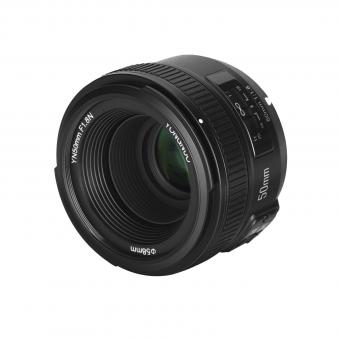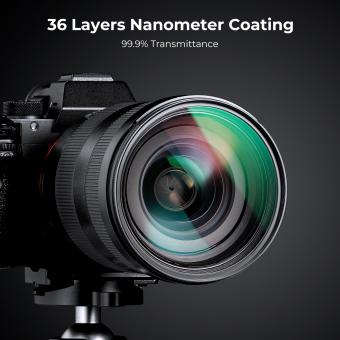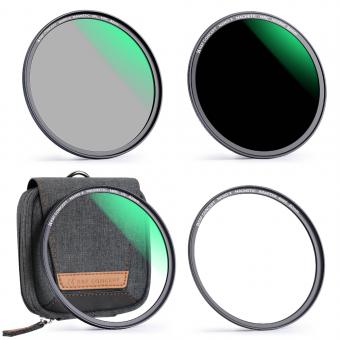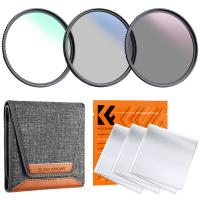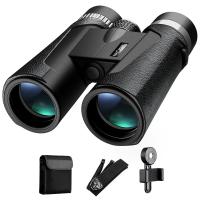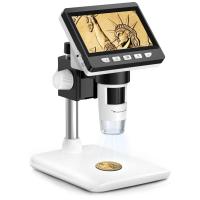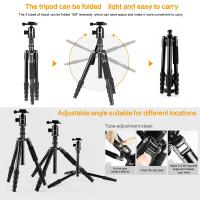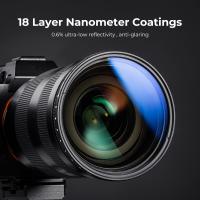Which UV Filter is Best?
2024-08-02 09:55:41
0 Comments
Camera lenses are so vulnerable that as a professional photographer, you must understand the importance of lens protection and image quality. But with so many options available, which UV filter is best? Let’s explore it and learn about its benefits and how to choose the best for your needs.
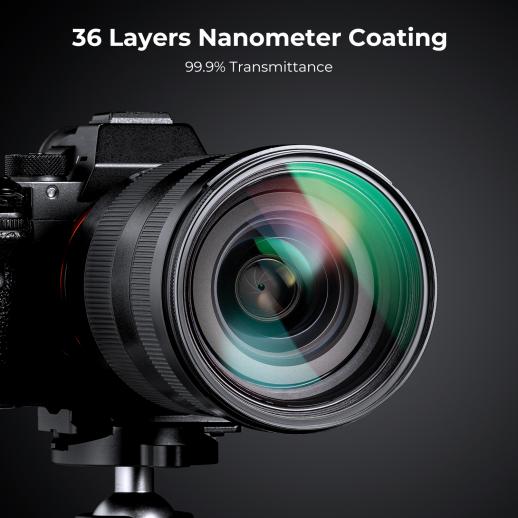
Do I need a UV filter?
The UV filter, also called a UV protection lens filter, is usually installed in front of the camera lens. They are usually made of high-hardness glass, which can effectively resist scratches and impacts from the outside. In addition, some filters with UV are also waterproof, fog-proof, and dust-proof, and can be used in harsh shooting environments. If you are considering whether you need a filter with UV, here are comprehensive factors to help you determine if a UV filter is necessary for your photography needs.
Assess your shooting environment:
For photographers frequently shooting outdoors, in high-altitude or snowy conditions, or in unpredictable urban environments, a UV filter offers valuable lens protection against hazards like sand, dust, water splashes, and accidental bumps while also reducing haze and improving image clarity.
Consider your photography style:
For landscape and travel photographers working in diverse or unpredictable conditions, a filter with UV protects the lens from environmental hazards and reduces UV haze for clear images. While studio photographers may have less need for a UV filter, it still provides basic protection against accidental damage.
Evaluate the benefits:
Lens Protection: It acts as a first line of defense against scratches, dust, and moisture. Replacing a damaged UV filter is much cheaper than repairing or replacing a lens.
Image Quality: High-quality UV filters with multi-coating can reduce reflections, flare, and ghosting, ensuring that your image quality remains high.
Ease of Cleaning: A filter with UV is easier to clean and replace than the front element of your lens. This is particularly useful in environments where lenses can get dirty quickly.
Weigh the downsides:
Potential Image Degradation: Low-quality UV filters can degrade image quality by introducing reflections, flare, or reducing sharpness.
Vignetting on Wide-Angle Lenses: Stacking multiple filters, including UV filters, on wide-angle lenses can cause vignetting (darkening of the image corners).
How does a UV filter work?
First, let’s learn how to install the UV filter onto our camera. To ensure it matches our lens’s thread size, usually indicated by a diameter symbol (Ø) on the lens. Clean the lens front with a cloth or blower to remove dust or smudges. Gently screw the filter onto the lens, rotating it clockwise until secure, without over-tightening. Ensure proper alignment to avoid cross-threading. If using a wide-angle lens, check for vignetting and consider a slim UV filter if necessary.
In addition to protecting the camera, the UV filter was originally designed to reduce the effects of ultraviolet (UV) light on film photography, and now it still helps to block UV rays that can haze or a bluish cast in images, especially in high-altitude or snowy environments,
How to choose UV filter for lens?
To choose the best filters with UV, you should check these factors carefully:
Determine lens thread size:
A factor that I mentioned before, which is an extremely important but easily underestimated factor, so please check the diameter symbol (Ø) on your lens to find the correct thread size for the UV filter.
Check filter coatings:
Do you know? Multi-layer coating is like a "protective shield" for filters with UV, which can effectively reduce reflections, glare and ghosting. For example, if you're shooting at sunrise or sunset, a multi-coated filter will make your photos clearer and more layered. High-quality filters typically have 8 or more layers of coating, which significantly improves image quality.
Choose filter material:
The material of the filter determines its durability and optical properties. Top UV filters are usually made of high quality optical glass, such as Japanese AGC Glass. This glass is not only durable, but also provides excellent optical clarity. In contrast, resin filters, while lightweight and inexpensive, scratch easily and have inferior optical performance.
Choose frame design:
Thin frame design not only affects the ease of use of filters but also prevents vignetting, especially when using wide-angle lenses.
UV filters recommendation:
Of course, the brand reputation is vital too. Choosing a reputable brand can ensure the quality of the filter and after-sales service. Therefore, for purchasing the best filter with UV, I would recommend the MCUV filters from K&F Concept.
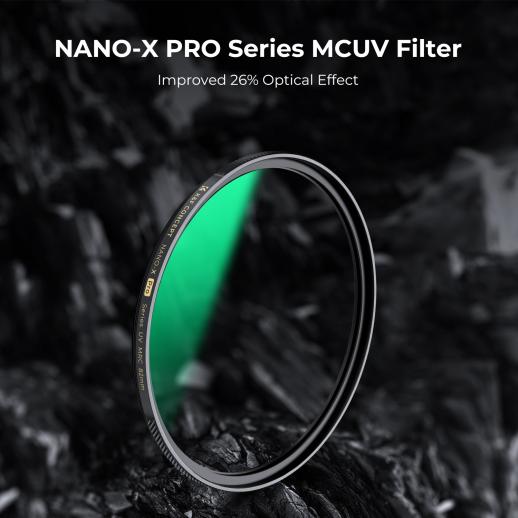
1. Protecting Lens & Prevent UV Ray;
2. Ultra-thin Brass Frame Design;
3. Advanced Coated Technology;
4. 36 Multi-Layer Coated;
5. 10 Years Warranty;
FAQs:
How much should I spend for a UV filter?
You should spend between $30 to $100 for a quality UV filter.
How do I remove a UV filter from my lens?
To remove a UV filter from your lens, gently rotate it counterclockwise.
How often should I change my UV filter?
Change it when it becomes scratched or damaged.
Leave your comment
Note: HTML is not translated!

